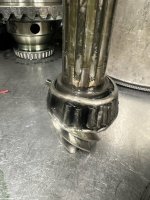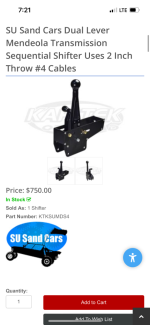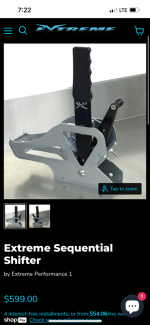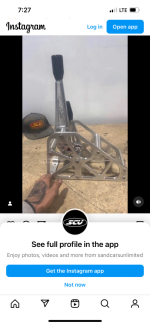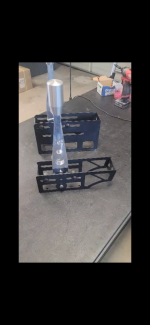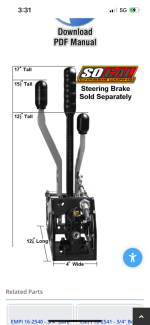- Thread starter
- #141
SeanRitchie
Well-known member
- May 6, 2021
- 444
- 1,017
Shifter handle moving/bumping makes me think there is some sort of issue with shifting mechanism. There is no reason for that to get kicked around unless a shift fork is bent/broken, or dogs or worn off a gear.@Sean@Weddle
I have a 2 seat rear engine 2021 SU with a 383 twin turbo just shy of 800 at the wheels with S4S
saturday going up olds, 3rd gear, as I came off the throttle I heard a bang, followed by what sounds like metal on metal rubbing.
gears are all there and function.
noise gets louder under more load/throttle. Off throttle and noise goes away. You can feel the shifter handle kind of bumping as it makes the rubbing noise.
Joe fab says he thinks it’s dif gear tooth broke?
Dropping it off to Ed later this week.
Ideas of what failed and costs associated to fix.
or should I fix and sale current trans and swap to s4d. I know it’s on the edge of power for an s4 but car is decently light.
see video for noise
any help / advise appreciated. So I can mentally prepare before trans removed, lol
IMG_8218.mov 89.89 MB · 14 downloads
Noise in the video sounds like a possible issue on the ring gear (R&P) as it makes a ticking noise at sounds like a larger revolution than a 1st-4th gear would make. Sounds like it's making the noise with tire rotation, which is a ring gear rotation.
Best to hold off on S4D vs. S4 question until you know what 's wrong in trans now. Although you are well above what the S4 trans can reliably handle, but will take a serious amount of work to stick an S4D in the mid-engine chassis (moves CV location back on trans, or move engine forward to compensate).

